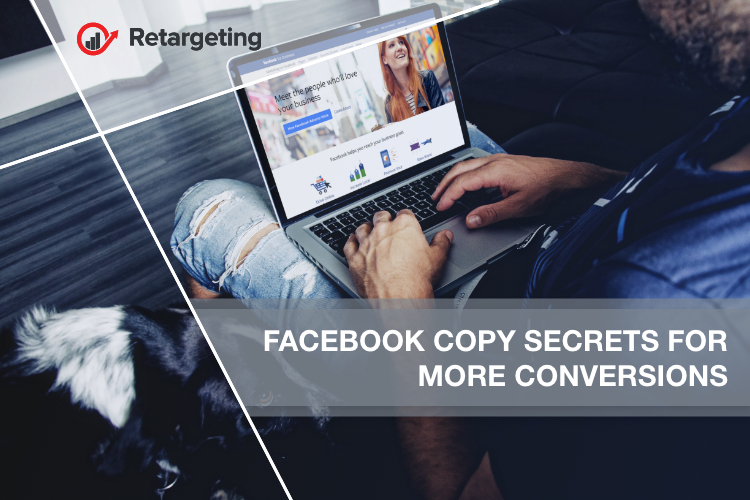

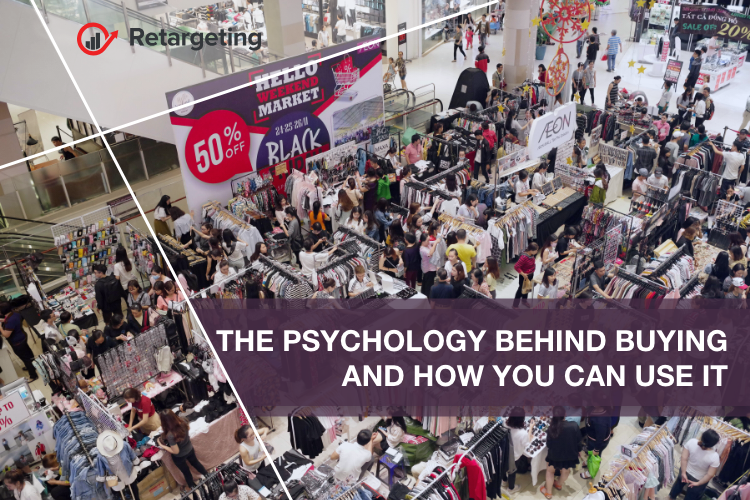
The psychology behind buying and how you can use it
People are buying and consuming more than ever before. Studies link impulse buying in general to the personality of the person, the pleasure of buying something new, and their connection with the brand. As an entrepreneur with a product to offer, you want to reach as wide of an audience as possible. In order to achieve your goal of making it big, you have to understand buyers and how psychology can drive people towards making a purchase today. Let’s take a look at the psychology behind buying in an attempt to learn why people make certain decisions. Also, let’s dive into how a business can make his business appealing to a wider audience through psychological marketing techniques. The left-digit effect One of the most common marketing tactics that we have all seen before has a name, the left-digit effect. The last time you went to the store and purchased something because it was only 19 dollars and 99 cents and not 20 dollars, you experienced the left-digit effect. Humans have an odd habit of focusing on the left digits of the price. People do this so often that marketers found a way to use it to their advantage. When you price something at 19 dollars and 99 cents instead of 20 dollars, customers will be more likely to buy. The difference is literally a penny, yes. However, the brain rationalizes the purchase as being between 10-20 dollars instead of 20-30, which makes it appear more affordable. The frequency illusion Have you ever had a friend or relative recommend a brand or product, only for you to suddenly...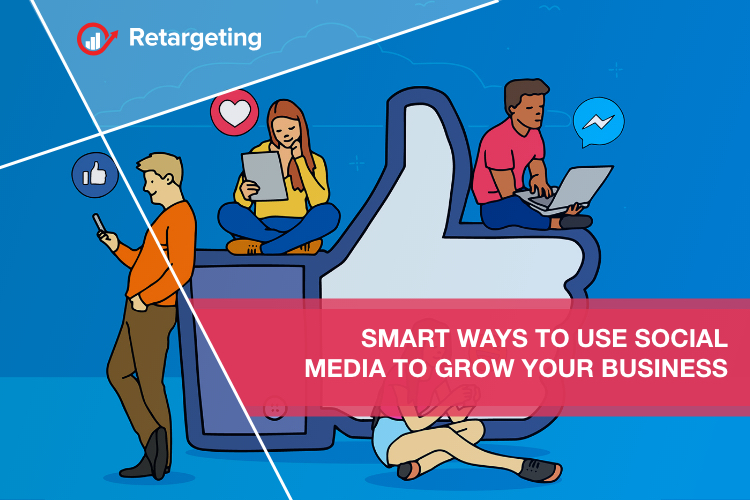
Smart ways to use social media to grow your business
The number of worldwide users on social media is projected to hit a whopping 3.02 billion active users per month by 2021. That’s one-third of the world’s entire population! So, it’s obvious that social media, more and more, is engaging the majority of the world’s citizenry.
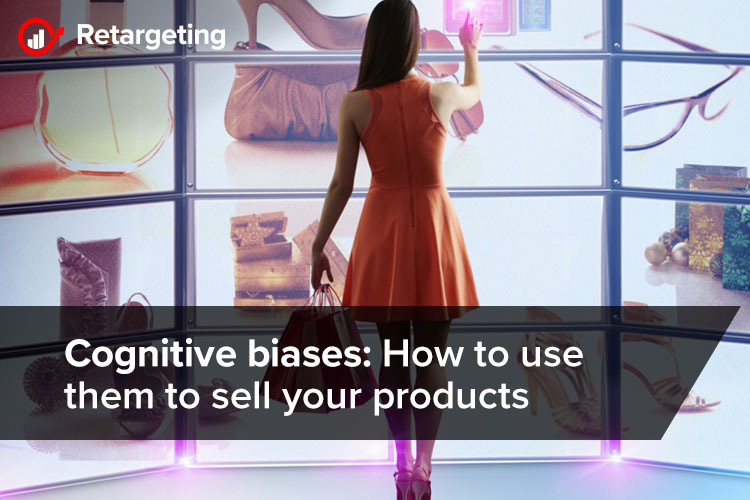
Cognitive biases: How to use them to sell your products
We all want to believe that we are logical beings and we take logical decisions, especially when it comes to purchasing decisions. However, no matter how rational and analytical we try to be, to some extent emotion always influences our decisions. Psychologists refer to these emotional factors in our decision-making processes as cognitive biases.
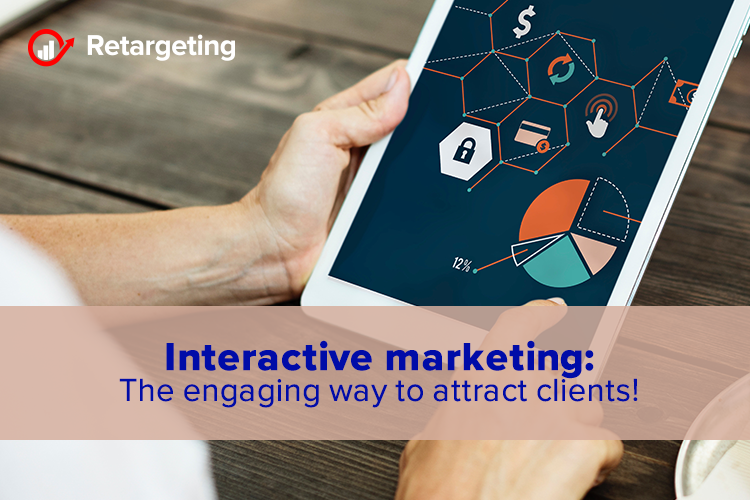
Interactive marketing: The engaging way to attract clients!
Interactive content is a highly effective way of doing marketing. It connects users with a brand on multiple levels and provides a creative and unique experience that is personalized to each user. Which in turn lead to keeping their attention longer, increasing excitement and users will be more likely to seek it out.
